Efficient LC Filters for Power Systems: Maximize Performance and Minimize Interference
Understanding LC Filters and Their Importance in Power Systems LC filters, comprised of inductors (L) and capacitors (C), are essential components in the sphere of power systems. Their fundamental role is to manage and improve the quality of electrical signals by selectively allowing certain frequencies to pass while attenuating others. This frequency-selective behavior makes LC …
Efficient LC Filters for Power Systems: Maximize Performance and Minimize Interference Read More »
